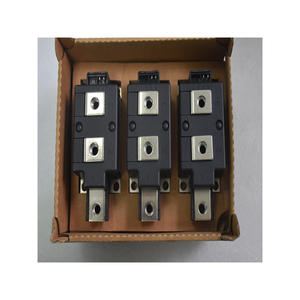Thyristors Online | High-Quality Power Semiconductors
PRODUCT PARAMETERS
Description
Overview of Heatlinks
Heatlinks function by providing a path of low thermal resistance between a heat source (such as an electronic component) and a heat sink or cooling system. They can be particularly useful in environments where space constraints limit the use of traditional cooling methods, or when a passive thermal management solution is preferred.
Heatlinks can operate based on different principles, including phase change materials, solid-state conduction, or even fluid-based systems. The choice of technology depends on the application’s specific requirements, such as operating temperature range, power dissipation levels, and spatial limitations.
Features of Heatlinks
High Thermal Conductivity: Designed to offer high thermal conductivity, ensuring efficient heat transfer from the source to the sink.
Compact Design: Often compact, allowing them to fit into tight spaces within electronic assemblies or other equipment.
Passive Operation: Typically do not require external power to function, relying instead on the natural flow of heat from hot to cold areas.
Durability and Reliability: Manufactured to withstand repeated thermal cycles and harsh environmental conditions without degradation of performance.
Low Profile: Thin profiles help minimize the impact on the overall design of products.
Versatility: Can be tailored to fit various applications, from consumer electronics to industrial machinery and aerospace components.
Customizable: Available in different shapes, sizes, and configurations to meet specific design needs.
Cost-Effective: Provide an economical solution for thermal management compared to more complex cooling systems.
Minimal Maintenance: Generally require little to no maintenance once installed.
Environmental Compatibility: Designed to be compatible with a wide range of environments, including those that may contain corrosive elements or experience significant temperature fluctuations.
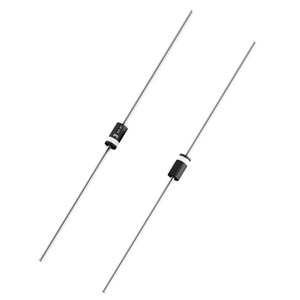
(OEM Customized Aluminum Heatsink, Aluminum Die Casting Heat Sink)
Specifications of OEM Customized Aluminum Heatsink, Aluminum Die Casting Heat Sink
OEM customized aluminum heatsink and aluminum die casting heat sink are two common types of heat sinks used in various industries. Both materials have their unique specifications and benefits.
An aerospace industry, for example, is heavily reliant on heat sinks that can withstand the high temperatures generated by engine combustion and other heat sources. These heat sinks typically consist of an aluminum or titanium substrate, which is then coated with a protective film made of a metal matrix, such as iron or copper. The temperature range at which these heat sinks operate varies depending on the specific application, but they are commonly found operating between -25°C and +400°C. Additionally, custom aluminum heatsinks and dies cast heat sinks may be designed to be designed to meet the specific needs of a particular application, such as requiring precise heat transfer or meeting specific electrical requirements.
Another industry where aluminum heat sinks and dies cast heat sinks are commonly used is automotive manufacturing. Automotive enthusiasts often use these heat sinks as components in vehicles to reduce friction between moving parts, improve fuel efficiency, and enhance safety features. The size, shape, and material of the heat sink are all carefully tailored to the specific application, including the type of engines being used and the requirements of the vehicle’s emissions standards.
Custom aluminum heat sinks and die cast heat sinks also have some other notable specifications. For example, some heat sinks may be coated with additional materials, such as heat-resistant coatings or anti-corrosion treatments, to prevent damage from exposure to harsh environmental conditions. Additionally, some heat sinks may be designed with a higher thermal conductivity, meaning that they can transfer heat more efficiently.
In conclusion, bothcustom aluminumheatsinkandaluminumdiecastheatsinkare popular choices for heat sinks used in various industries. These heat sinks offer precise control over heat transfer and can be tailored to meet specific requirements. With a variety of specifications available, it is important to choose the right heat sink for your specific application.

(OEM Customized Aluminum Heatsink, Aluminum Die Casting Heat Sink)
Applications of OEM Customized Aluminum Heatsink, Aluminum Die Casting Heat Sink
OEM customized aluminum heatsink and aluminum die casting heat sink have become increasingly popular in recent years due to their unique properties and applications. These heat sinks are designed specifically for the automotive industry, with applications such as engine cooling, brake system cooling, and powertrain components.
One of the key benefits of using an aluminum die casting heat sink is its ability to withstand high temperatures without degrading or breaking. This makes it ideal for use in environments where temperatures can reach extremely hot, such as in engine cooling systems. The durability and longevity of these heat sinks make them an attractive choice for businesses looking to minimize downtime and reduce maintenance costs.
Another benefit of using aluminum die casting heat sink is that they are easy to work with and can be customized to meet specific requirements. For example, manufacturers can add thermal paste to the heat sink to improve heat dissipation or change the dimensions to optimize for specific component designs. With a wide range of finishes and colors available, these heat sinks are a versatile option that can be used in a variety of industries.
In addition to their practical applications in the automotive industry, aluminum die casting heat sinks also have important implications for sustainability. By using recycled aluminum materials, these heat sinks help reduce waste and conserve natural resources. They also require less energy to produce than traditional metal casting processes, making them more environmentally friendly.
Overall, the application of aluminum die casting heat sink and custom-made aluminum heatsinks in the automotive industry demonstrates the versatility and potential of these technologies. Whether you’re looking to improve the performance and reliability of your cooling system or reduce your environmental impact, these heat sinks are an excellent solution.
Company Profile
PDDN Photoelectron Technology Co., Ltd.(sales@pddn.com) is one of the leading enterprises in power electronics technology and power products, which is fully involved in developing solar inverters, transformers, voltage regulators, distribution cabinets, thyristors, modules, diodes, heaters, and other electronic devices or semiconductors. We will be committed to providing users with high-quality, efficient products and considerate service.
It accepts payment via Credit Card, T/T, West Union, and Paypal. PDDN will ship the goods to customers overseas through FedEx, DHL, by sea, or by air. If you want high-quality OEM Customized Aluminum Heatsink, Aluminum Die Casting Heat Sink, please send us inquiries; we will be here to help you.
Payment Methods
L/C, T/T, Western Union, Paypal, Credit Card etc.
Shipment
By sea, by air, by express, as customers request.
Storage Conditions
1) Store in a dry environment at room temperature.
2) Avoid damp and high temperature.
3) Use immediately after opening the inner packing bag.
5 FAQs of OEM Customized Aluminum Heatsink, Aluminum Die Casting Heat Sink
1. What is an aluminum heat sink?
An aluminum heat sink is a type of thermal management solution used in electronic devices to dissipate heat generated by the processor or other components. It consists of an aluminum substrate coated with thermal conductive material such as silver or copper.
2. What makes an aluminum heat sink unique compared to other types of heat sinks?
One advantage of aluminum heat sinks over other types of heat sinks is their high thermal conductivity, which allows them to efficiently transfer heat to a heatsink surface. They also offer good mechanical stability and durability, making them suitable for use in demanding applications.
3. What are some common uses for aluminum heat sinks?
Aluminum heat sinks are commonly used in a variety of industries, including computing, telecommunications, aerospace, automotive, and medical equipment. They are particularly useful in applications where heat generation can be significant, such as servers, routers, and computer cases.
4. How does an aluminum heat sink perform under heavy loads?
When subjected to heavy loads, aluminum heat sinks can maintain their thermal performance well, even if they are exposed to temperatures that may be their rated maximum operating temperature. This is because the heat sink has a thin layer of heat-resistant material on top of its aluminum substrate, which helps to protect it from excessive heat exposure.
5. What factors should consider when choosing an aluminum heat sink?
When choosing an aluminum heat sink, there are several factors to consider, including the type of device being used, the desired thermal performance, the operating environment, and the budget. Some specific considerations might include selecting a heat sink that meets the manufacturer’s specifications, choosing a heat sink with a compatible mounting mechanism, and choosing a heat sink that is easy to install and maintain.

(OEM Customized Aluminum Heatsink, Aluminum Die Casting Heat Sink)
REQUEST A QUOTE
RELATED PRODUCTS
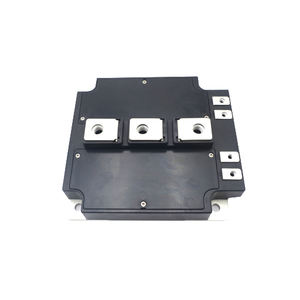
custom 1000w bonded fin cooler 2u server Vc vapor chamber cpu gpu heatsink heat sink for Artificial Intelligence Servers

High Precision Custom High Performance CNC Extruded Heatsink Anodizing Aluminum Heatsink For LED Street Light
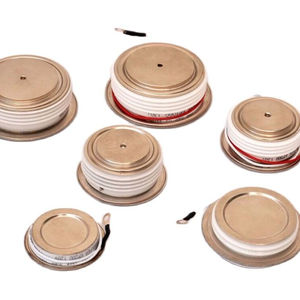
Extrusion heatsinks Cnc Extrusion Profile Custom Aluminum heatsink Aluminium Heat Sink For Power Amplifier

Custom Designed Cnc Milling Black Anodized Extruded Aluminum Extrusion Led Street Light Heat Sink heatsink Radiator
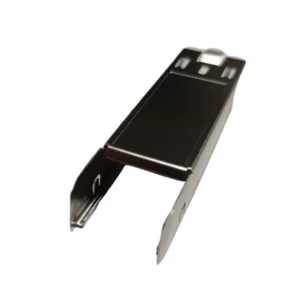
Custom Cold Forged CXB 3590 Aluminum LED Pin Heatsink 150mm
